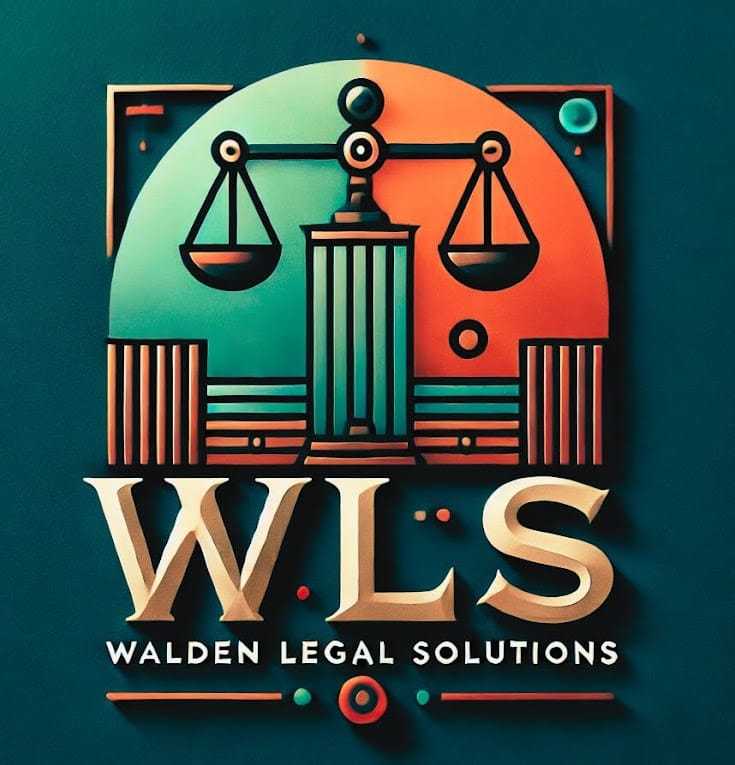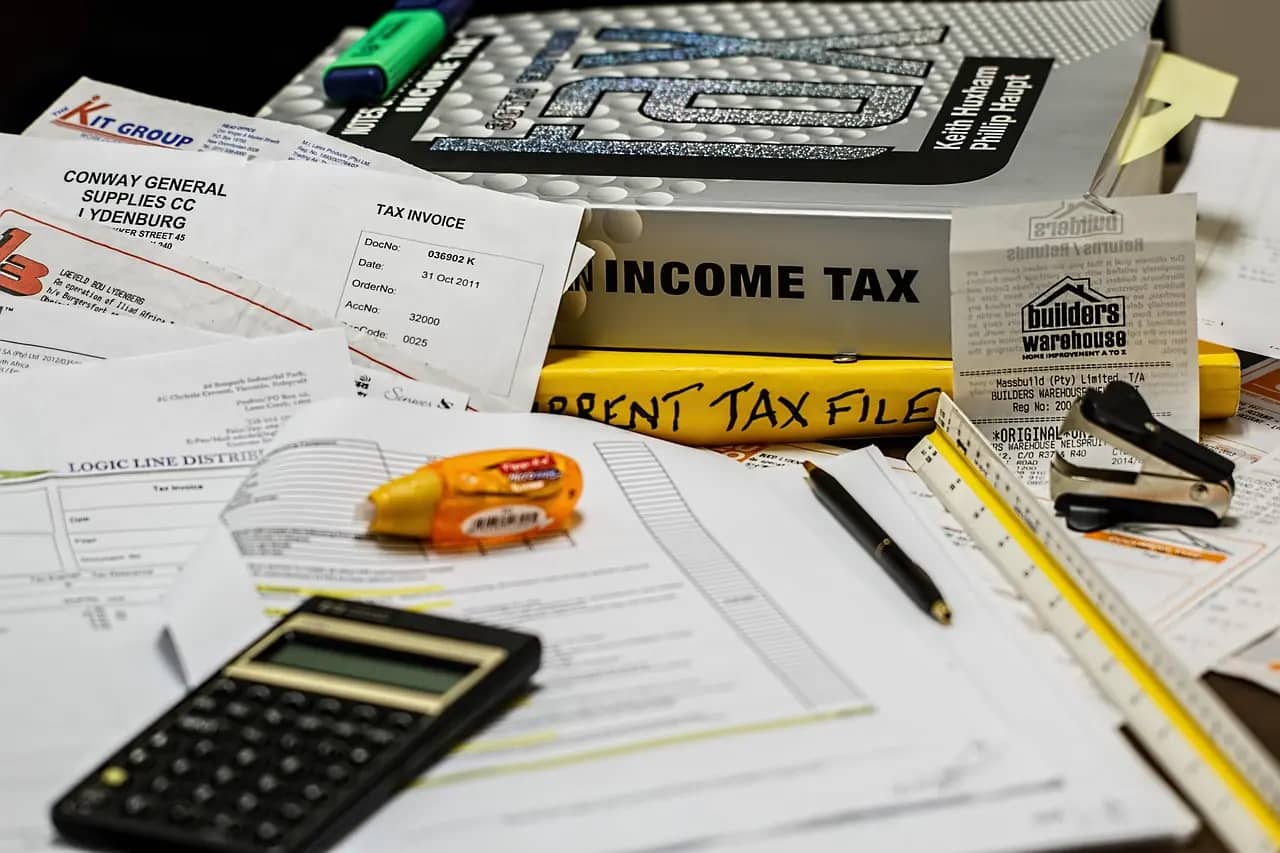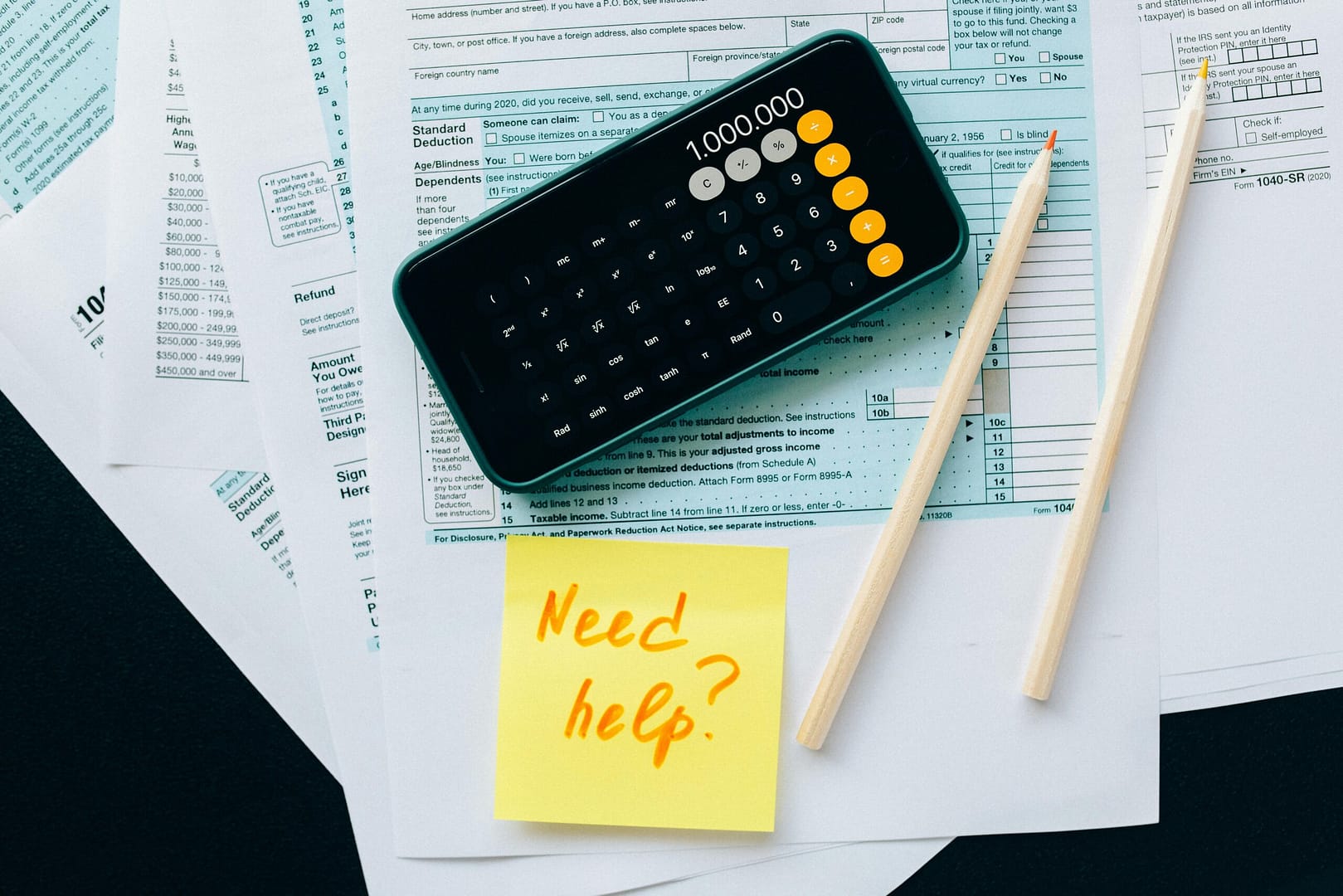Understanding 1099-A and 1099-C Forms Post-Bankruptcy
If you’ve filed for Chapter 7 or Chapter 13 bankruptcy and received a 1099 form afterward, you may be confused or worried about the tax implications. Receiving a 1099-A or 1099-C after bankruptcy is common, and understanding why you received it can help you take the proper steps to avoid unnecessary tax liabilities.
What Is Canceled Debt?
When a creditor writes off your debt, it’s considered canceled debt. This happens when the lender determines the debt is uncollectible, either through a charge-off or a partial payment agreement. By law, creditors must report canceled debts of $600 or more to the IRS, and they will send you a 1099 form to reflect this.
In general, canceled debt is considered taxable income, and you must report it on your tax return for the year the cancellation occurs. However, if the debt was discharged in bankruptcy, the rules are different.
What Is Form 1099-A?
Form 1099-A is issued when a lender acquires property through foreclosure or abandonment. It provides information about the sale or transfer of the property and must be reported on Schedule D of your tax return. This form helps determine whether you have a capital gain or loss from the foreclosure.
- When You Receive It: If your property was foreclosed or surrendered during bankruptcy, you may receive a 1099-A.
- Tax Implications: If the property was your personal residence and discharged in bankruptcy, there are no capital gains tax consequences. However, if the property was an investment property, you may owe capital gains tax and should consult a tax preparer.
What Is Form 1099-C?
Form 1099-C is issued for the cancellation of debt. Creditors are required to file this form with the IRS for debts of $600 or more that are forgiven or canceled.
- When You Receive It: If a creditor canceled a debt as part of your bankruptcy, they may issue a 1099-C to report the amount forgiven.
- Tax Implications: Generally, canceled debt is taxable. However, debts discharged in bankruptcy are not taxable, provided you follow the proper steps to notify the IRS.
Steps to Avoid Tax Liability After Bankruptcy
If you receive a 1099-A or 1099-C after filing for bankruptcy, here’s what to do:
- Inform Your Tax Preparer: Make sure your tax professional knows you filed for bankruptcy and provide them with all relevant documents.
- File Form 982: Attach Form 982 to your tax return. This form notifies the IRS that the debt was discharged in bankruptcy and is not taxable.
- Review IRS Publications: If you had a foreclosure or repossession, review IRS Publication 544 and Publication 523 for guidance. For personal residences discharged in bankruptcy, there is no capital gains tax. However, for investment properties, you may need to address capital gains tax with your preparer.
Why Bankruptcy Protects You from Tax Consequences
One of the benefits of filing for bankruptcy is that debts discharged in bankruptcy are excluded from taxable income. By filing Form 982 and providing accurate records, you can ensure you don’t pay unnecessary taxes on debts that have already been resolved through bankruptcy.
Need Help with Bankruptcy or Tax Issues?
If you’re overwhelmed by debt or unsure how to handle your 1099 forms after bankruptcy, Walden Legal Solutions can help. Our Kansas City bankruptcy attorneys provide personalized guidance to protect your financial future.
Schedule your stress-free consultation today!



